Home>Ideas and Tips>The Da Vinci Drain Perfect Plumbing Proportions
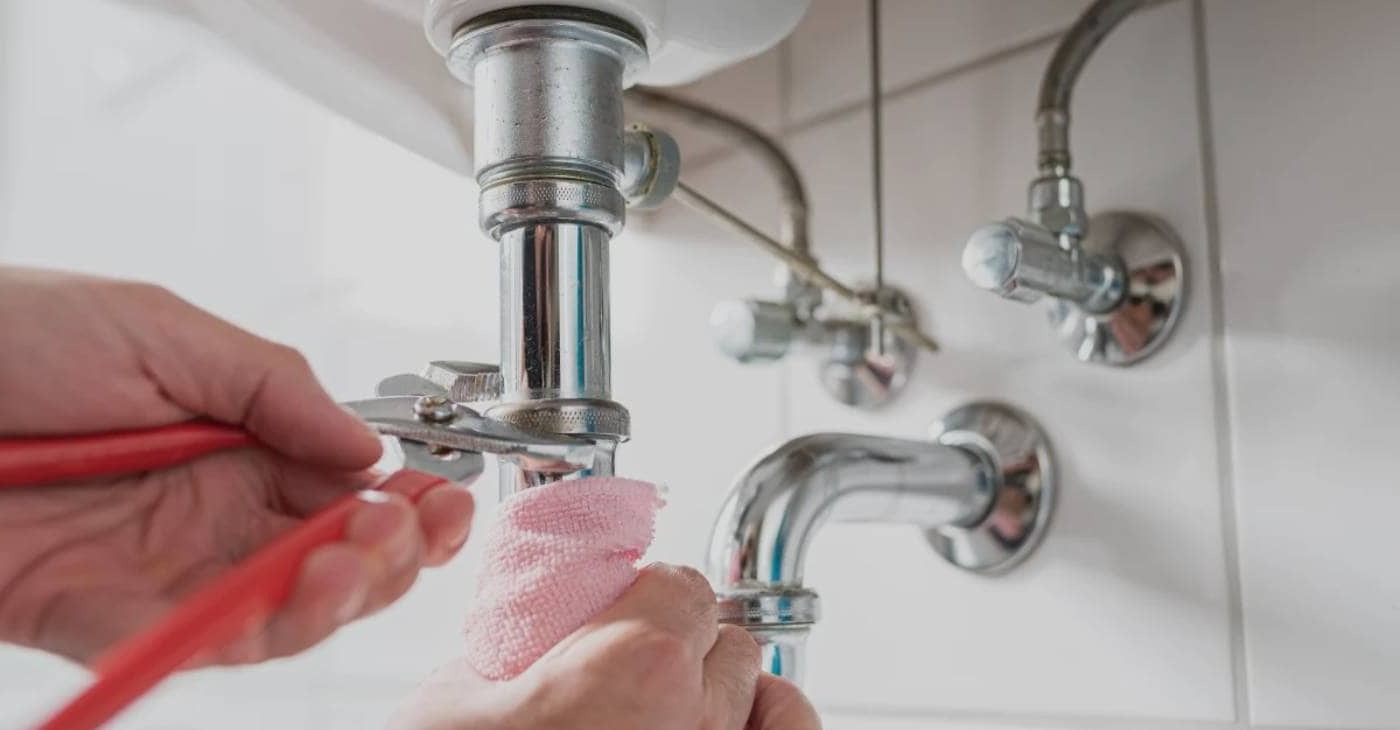

Ideas and Tips
The Da Vinci Drain Perfect Plumbing Proportions
Modified: October 28, 2024
Explore how Leonardo da Vinci's observations on humidity laid the groundwork for modern plumbing and dehumidification techniques.
(Many of the links in this article redirect to a specific reviewed product. Your purchase of these products through affiliate links helps to generate commission for Storables.com, at no extra cost. Learn more)
Leonardo da Vinci, the Renaissance polymath, left an indelible mark on various fields including art, engineering, and science. His observations and designs often reflected a deep understanding of the natural world and its intricacies. One such observation that has fascinated historians and engineers alike is his note on the behavior of wool and hair in different humidity conditions. This observation led to a deeper exploration into the principles of dehumidification, which is crucial for maintaining optimal plumbing and drainage systems.
Introduction
Leonardo da Vinci's fascination with the properties of moist air dates back to his observations in the 15th century. He noted that a ball of wool weighs more on a rainy day than on a dry day, and human and animal hair gets longer as it absorbs moisture. These observations laid the groundwork for understanding the importance of controlling humidity levels in various environments, including those related to plumbing and drainage.
The Science of Psychrometrics
To fully grasp the concept of dehumidification and its application in plumbing, it is essential to understand psychrometrics—the science of moist air. Psychrometrics involves studying the properties and behavior of moist air, including its temperature, humidity, and pressure. This knowledge is crucial for designing systems that manage humidity effectively, such as those used in dehumidification processes.
Dehumidification Basics
Dehumidification is the process of removing excess moisture from the air. This can be achieved through various methods, including mechanical, chemical, and biological processes. In the context of plumbing and drainage, dehumidification is essential for preventing water damage, reducing corrosion, and maintaining the integrity of pipes and fittings.
Historical Context
The concept of dehumidification has evolved significantly over the centuries. Initially, it was primarily used in industrial settings to control humidity levels in warehouses and manufacturing facilities. However, with advancements in technology and growing awareness of its importance in various environments, dehumidification has become a critical aspect of modern plumbing systems.
Practical Applications
Warehouse Dehumidification
One practical example of dehumidification in a real-world setting is the case of an electro-mechanical parts manufacturing operation in Chicago, Illinois. The warehouse stored finished inventory and raw materials but faced a significant problem with corrosion on highly polished surfaces. To address this issue, the project engineer aimed to limit the relative humidity to a maximum of 40% at all times of the year.
The engineer analyzed local weather data and determined that using summer extreme conditions of 95°F and winter design extremes of -5°F would result in a large system but would pay back the incremental cost of a larger dehumidification system in months. The system design included calculating moisture permeation through the concrete floor using average annual groundwater temperature data.
Residential Plumbing
In residential settings, dehumidification is equally important for maintaining healthy plumbing systems. High humidity levels can lead to water damage, mold growth, and increased energy bills due to inefficient heating and cooling systems. Homeowners can implement simple dehumidification methods such as using dehumidifiers or ensuring good ventilation in bathrooms and kitchens.
Sauna Design
Dehumidification also plays a crucial role in sauna design. Saunas are known for their high temperatures and humidity levels, which can lead to moisture accumulation if not managed properly. Proper insulation and ventilation are essential in sauna design to prevent moisture buildup and ensure a safe and comfortable environment.
Modern Dehumidification Technologies
Modern dehumidification technologies have advanced significantly since Leonardo da Vinci's time. Today, there are various types of dehumidifiers available, including refrigerant-based, desiccant-based, and membrane-based systems. Each type has its own advantages and disadvantages, depending on the specific application and environmental conditions.
Refrigerant-Based Dehumidifiers
Refrigerant-based dehumidifiers work by cooling the air to its dew point, causing the moisture to condense into liquid water. These systems are commonly used in residential settings due to their efficiency and affordability.
Desiccant-Based Dehumidifiers
Desiccant-based dehumidifiers use desiccants like silica gel or activated alumina to absorb moisture from the air. These systems are often used in industrial settings where high levels of dehumidification are required.
Membrane-Based Dehumidifiers
Membrane-based dehumidifiers use semi-permeable membranes to separate water vapor from dry air. These systems are highly efficient and often used in applications where precise control over humidity levels is necessary.
Case Study: Chambord Castle
While not directly related to plumbing or drainage, the Chambord Castle in France offers an intriguing example of how architectural designs can influence humidity control. The castle's unique double helix staircase, which allows two people to ascend without crossing paths, suggests a connection with Leonardo da Vinci's architectural sketches.
The castle's design features, such as its ornamental facades and modular interiors, bear the hallmark elegance and visionary logic characteristic of Leonardo's work. Although there is no definitive proof that he was the architect, his influence on the castle's design is undeniable.
Conclusion
Leonardo da Vinci's observations on the behavior of wool and hair in different humidity conditions laid the groundwork for understanding the importance of dehumidification in various environments. From industrial warehouses to residential homes and sauna designs, controlling humidity levels is crucial for maintaining optimal plumbing and drainage systems.
Modern dehumidification technologies have advanced significantly since da Vinci's time, offering a range of solutions tailored to specific applications. By understanding psychrometrics and applying modern dehumidification technologies, we can ensure that our plumbing systems are efficient, safe, and durable.
In conclusion, the concept of dehumidification is not just a historical curiosity but a practical necessity in modern plumbing and drainage systems. By embracing this principle, we can create environments that are not only aesthetically pleasing but also functionally sound.
This article has explored the historical context and practical applications of dehumidification in various settings. From Leonardo da Vinci's observations to modern dehumidification technologies, it is clear that controlling humidity levels is essential for maintaining optimal plumbing and drainage systems. By understanding psychrometrics and applying modern dehumidification methods, we can ensure that our environments are safe, efficient, and durable.
Was this page helpful?
At Storables.com, we guarantee accurate and reliable information. Our content, validated by Expert Board Contributors, is crafted following stringent Editorial Policies. We're committed to providing you with well-researched, expert-backed insights for all your informational needs.
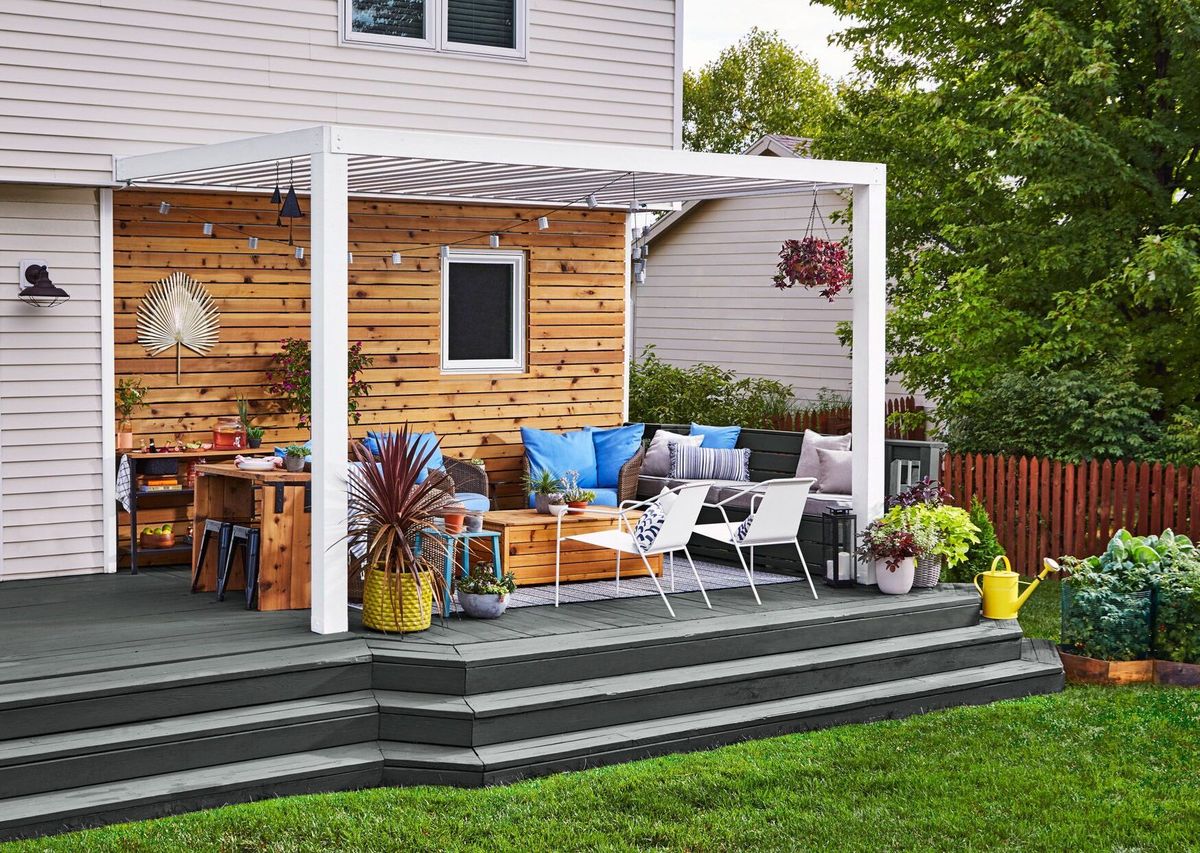

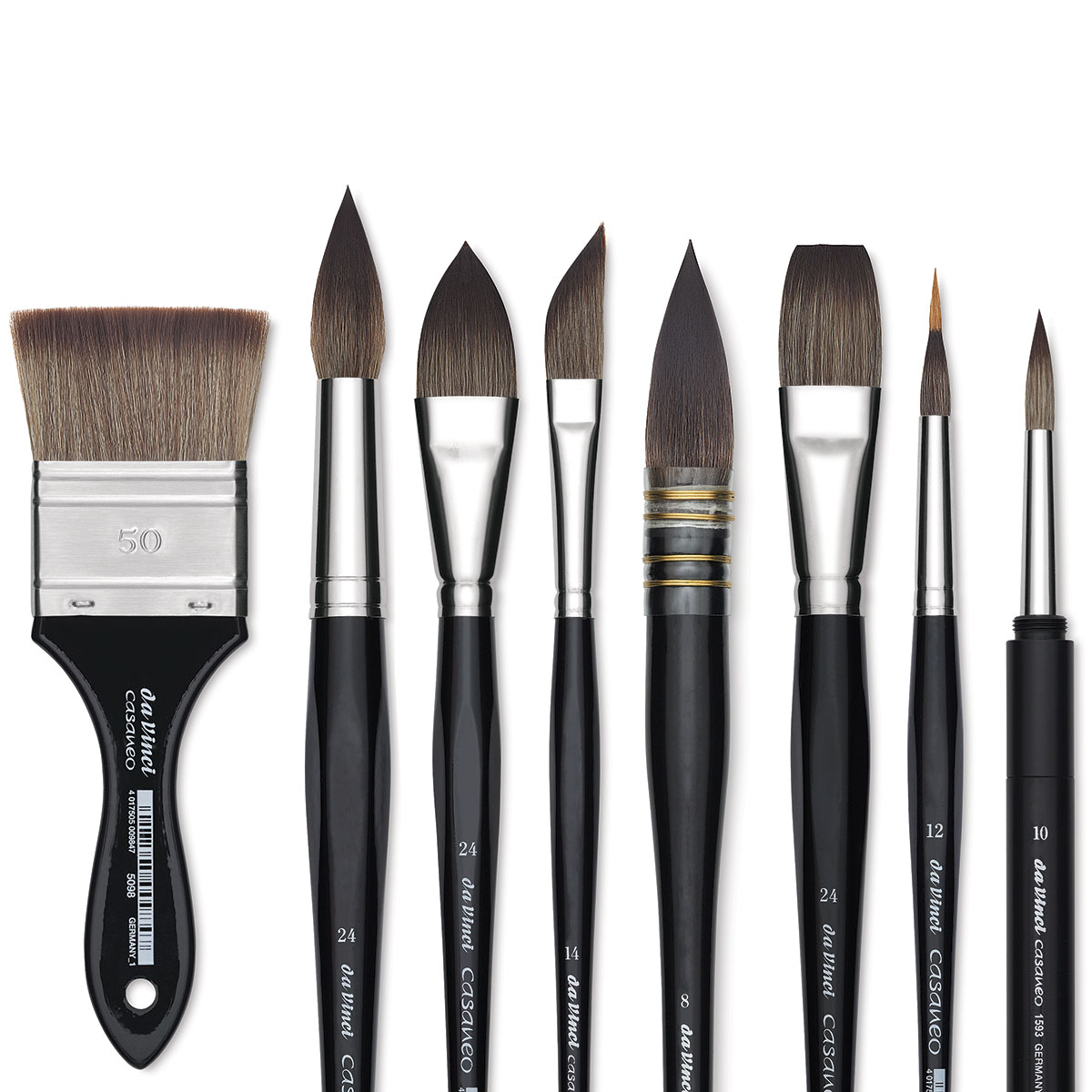
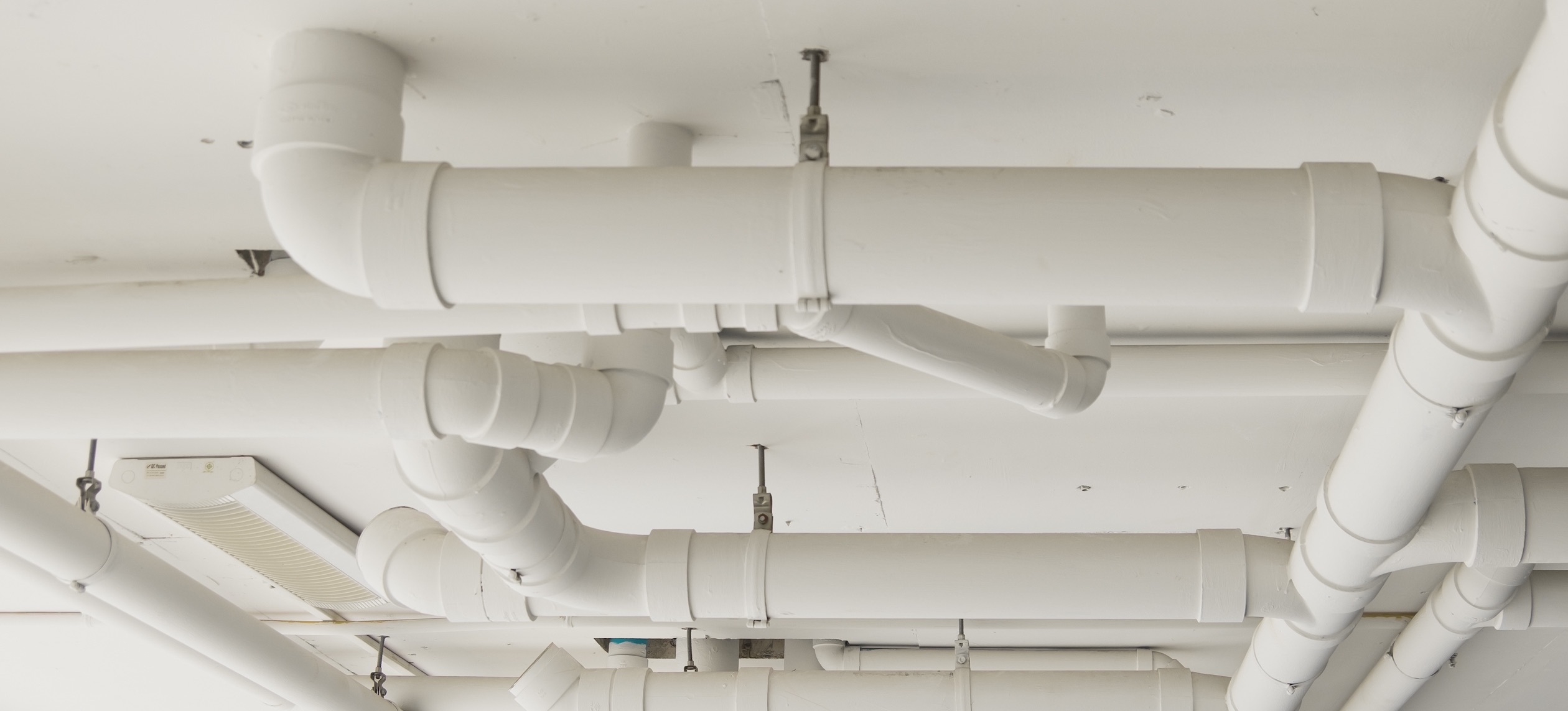
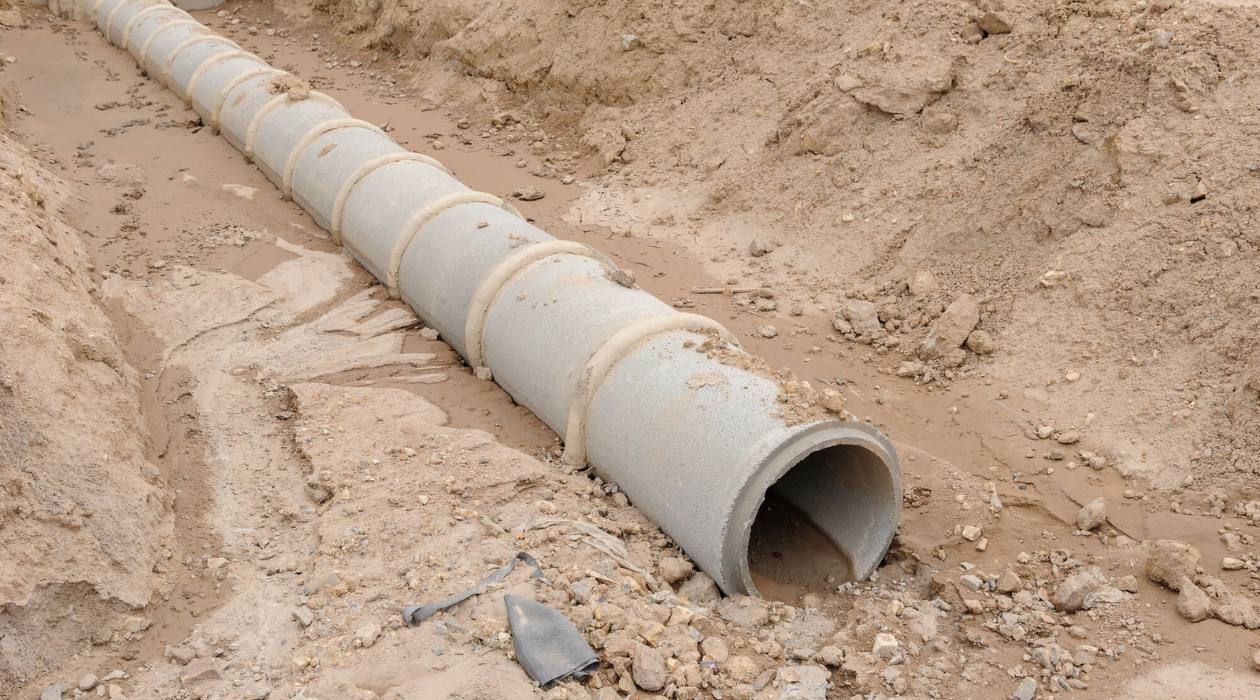
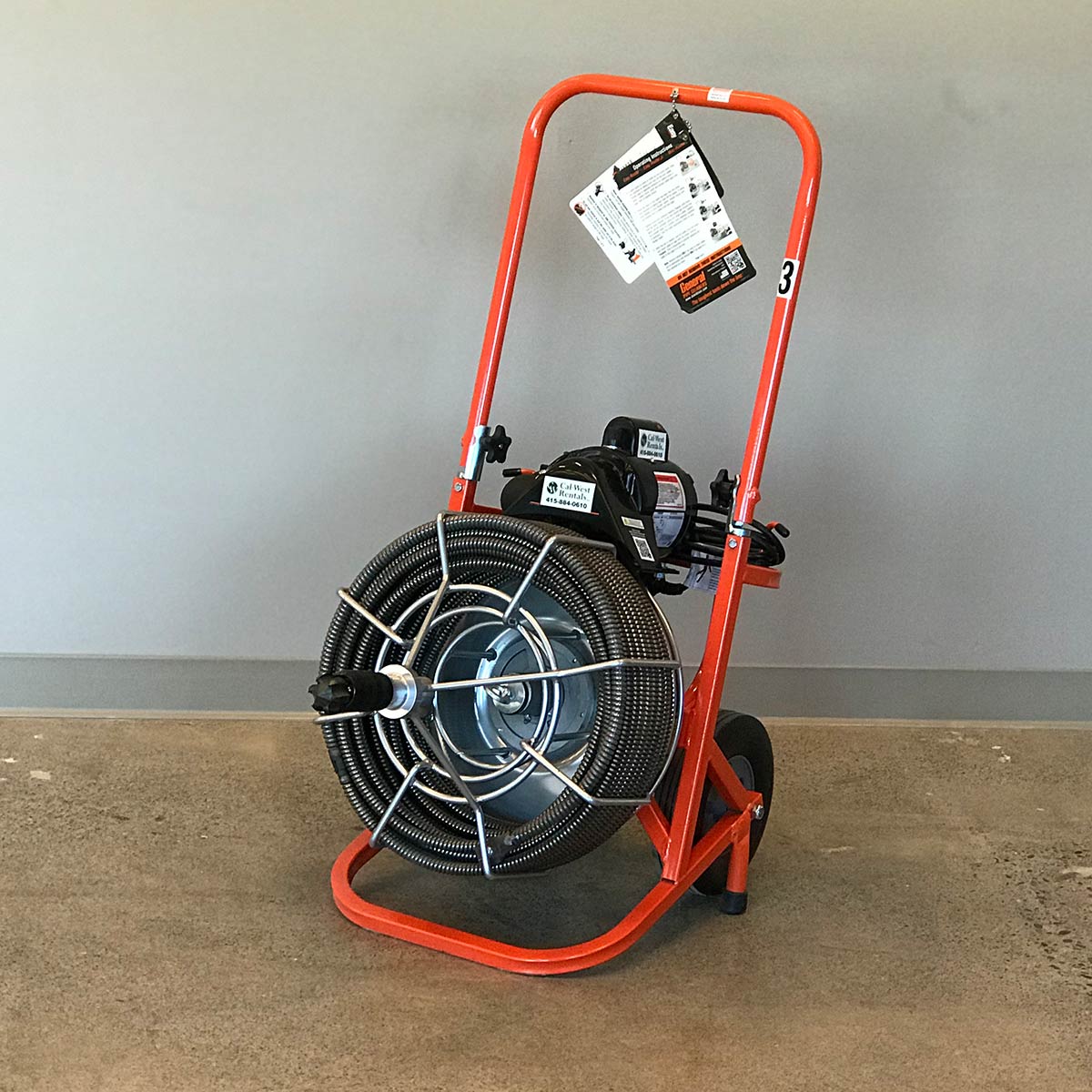
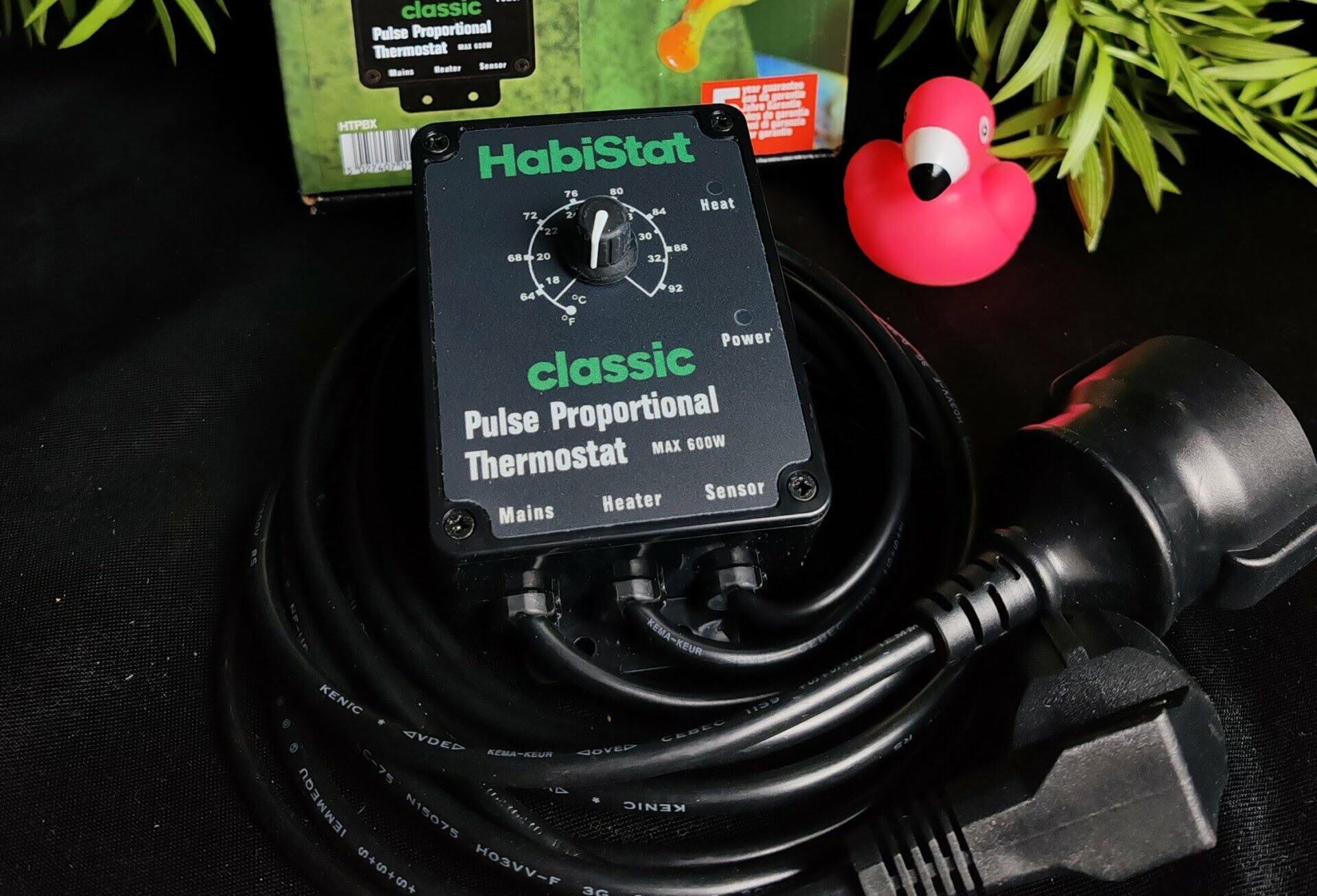
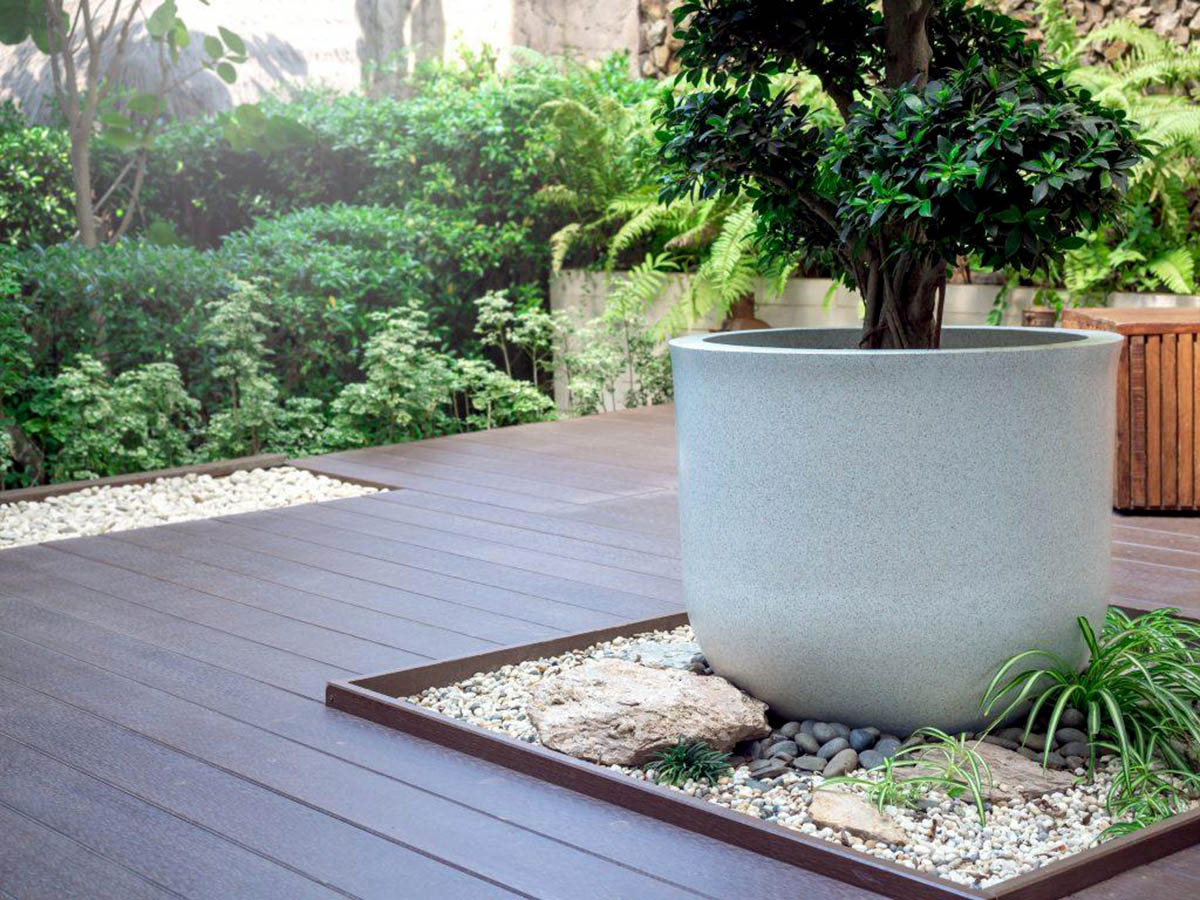

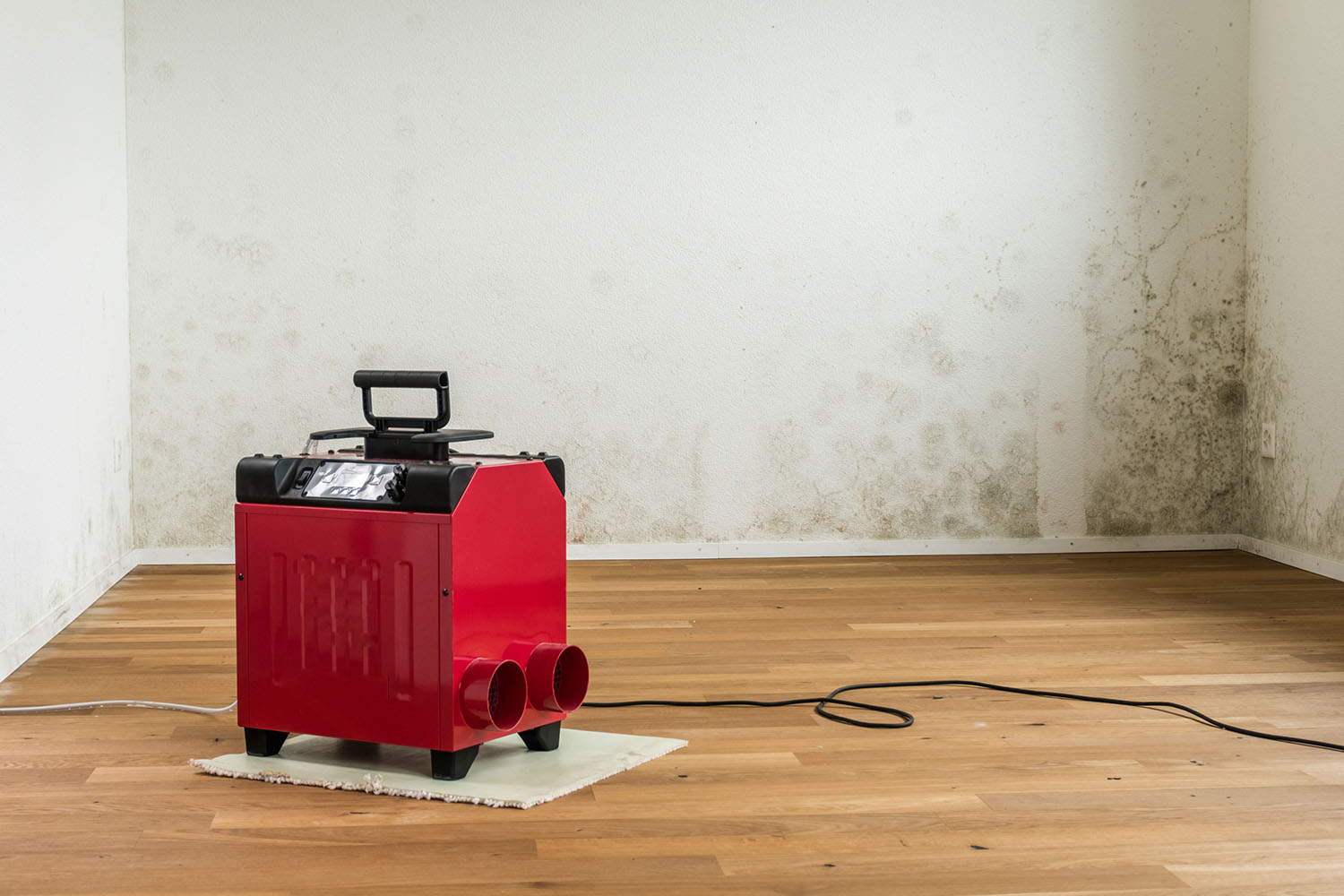
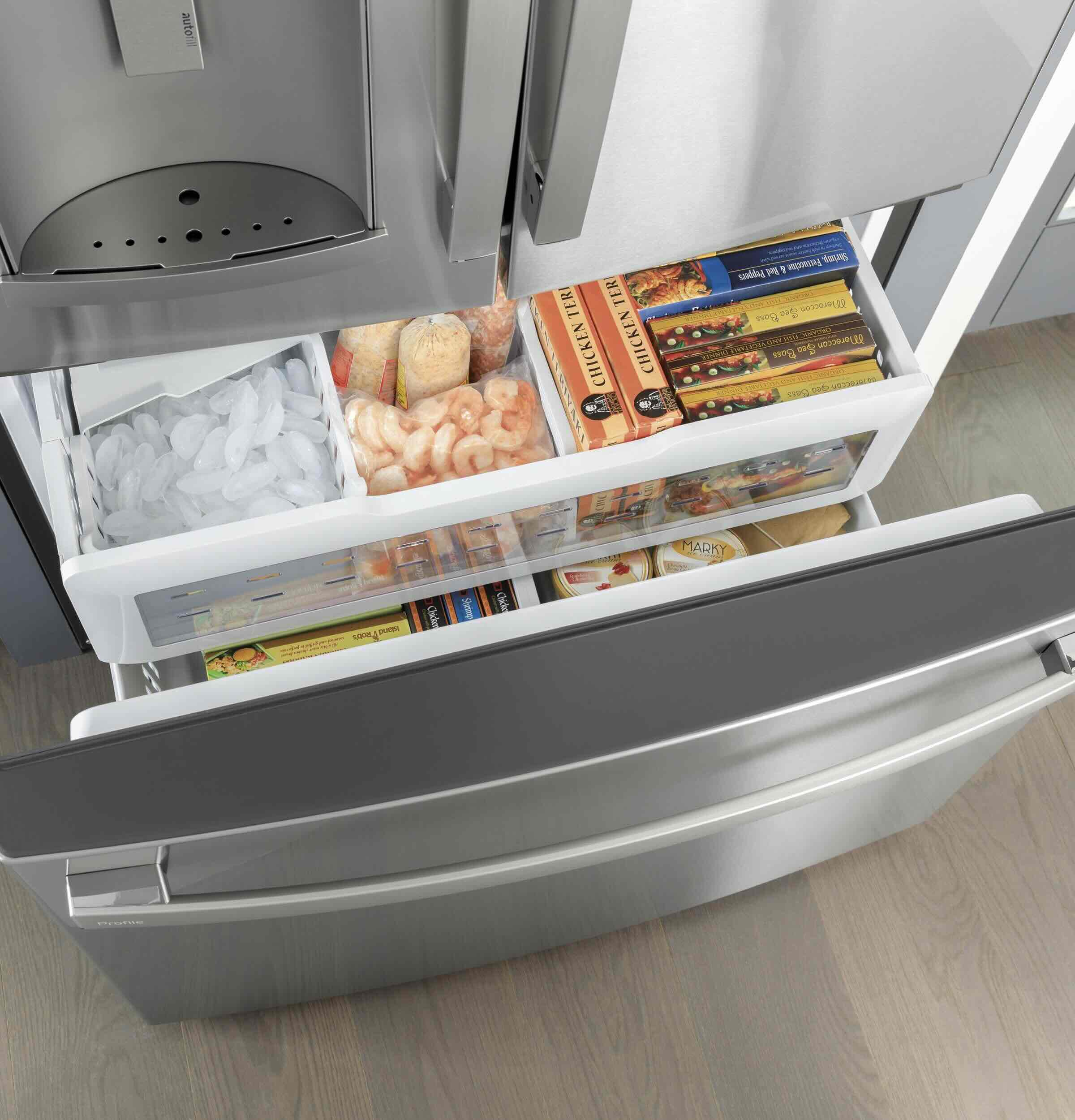
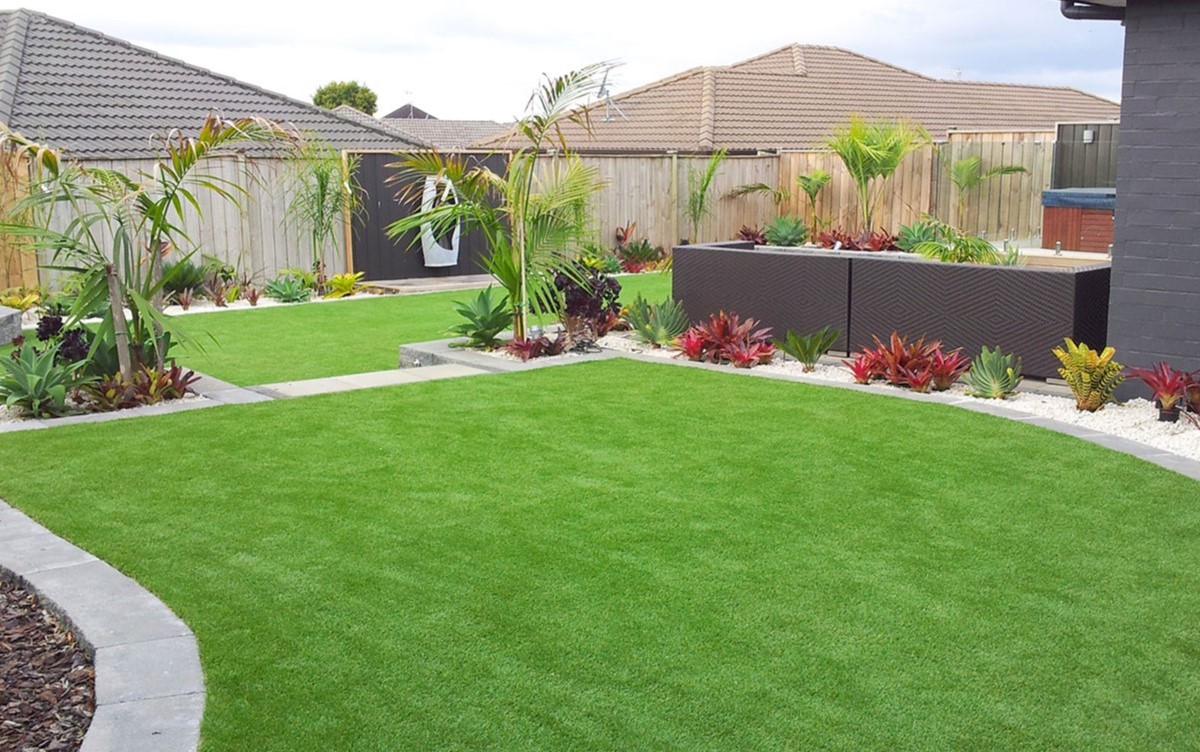
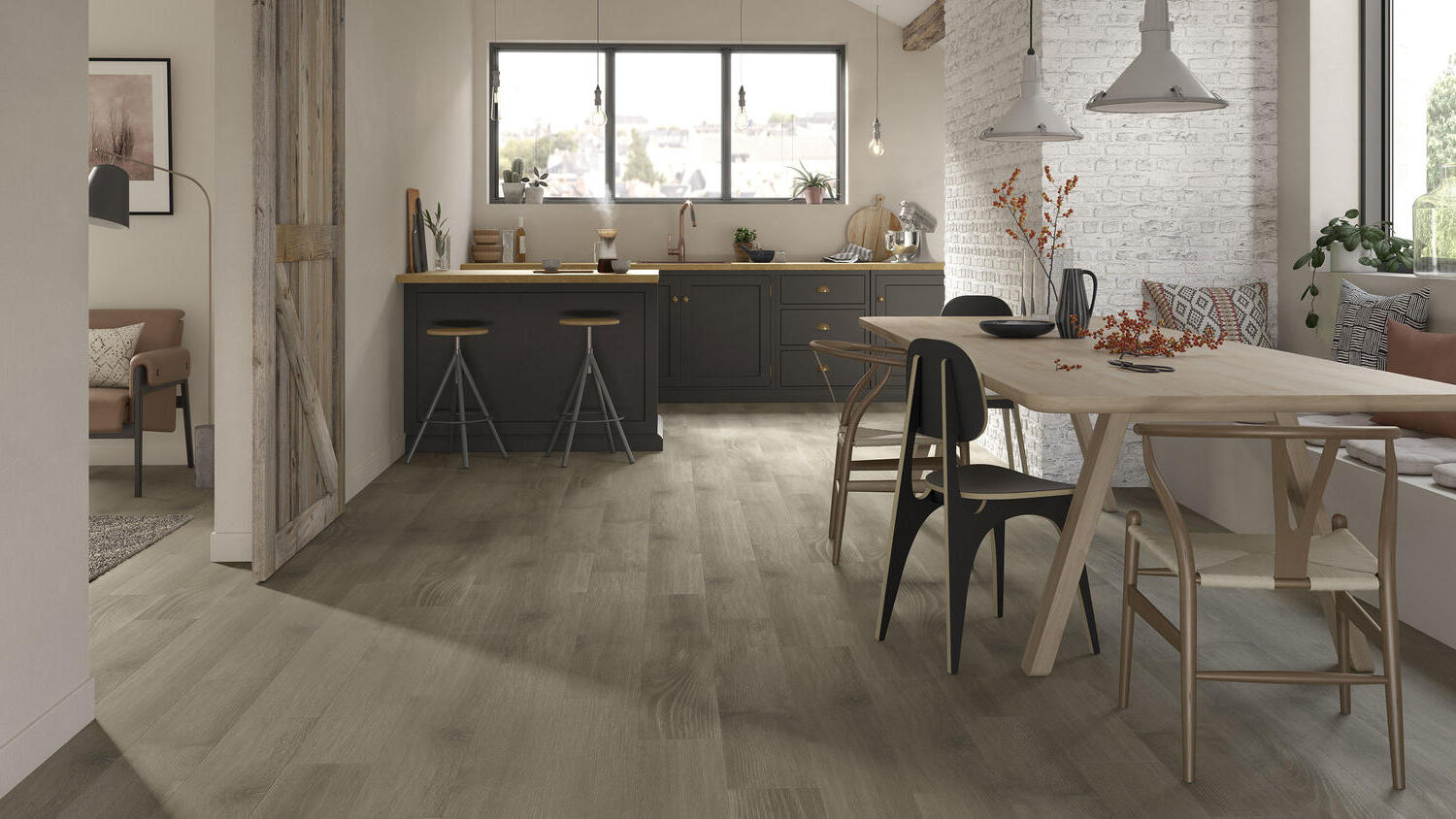
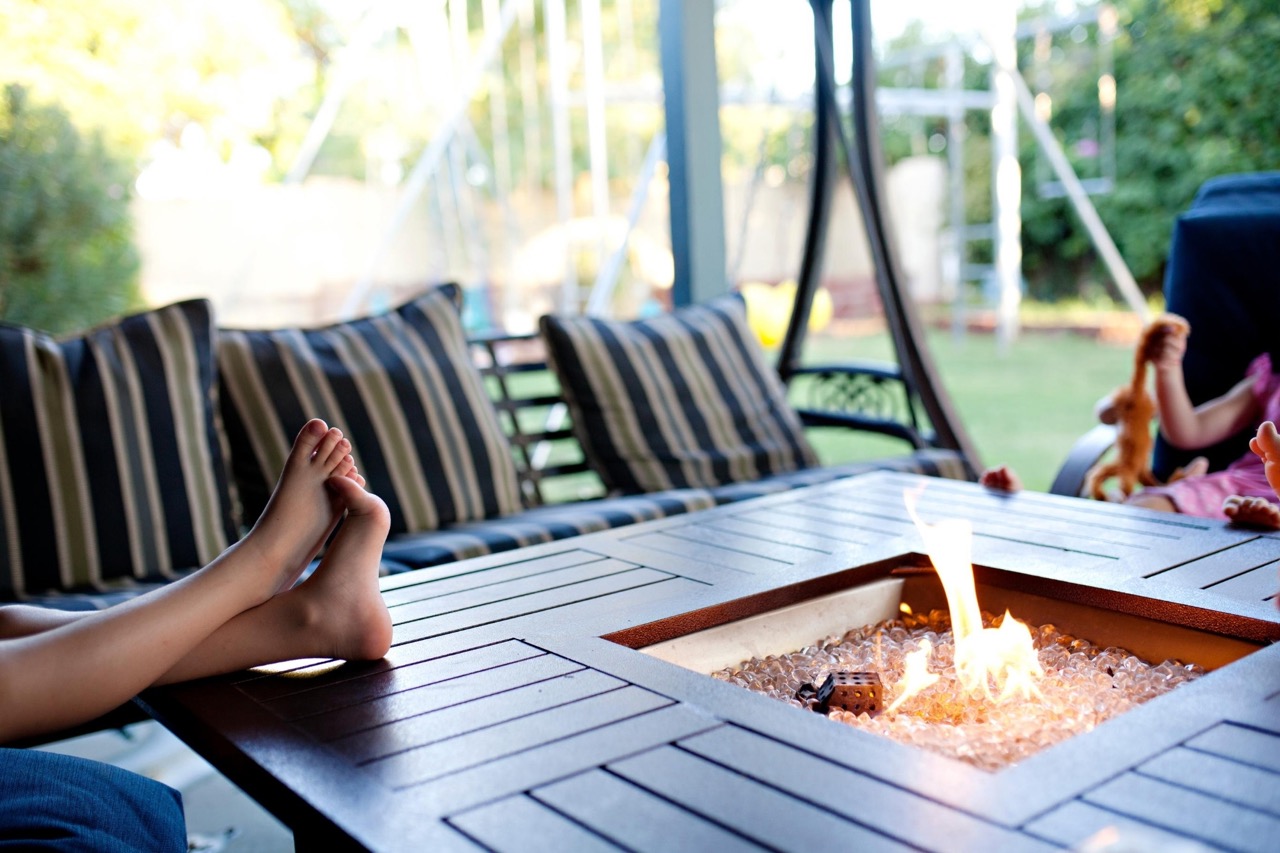

0 thoughts on “The Da Vinci Drain Perfect Plumbing Proportions”